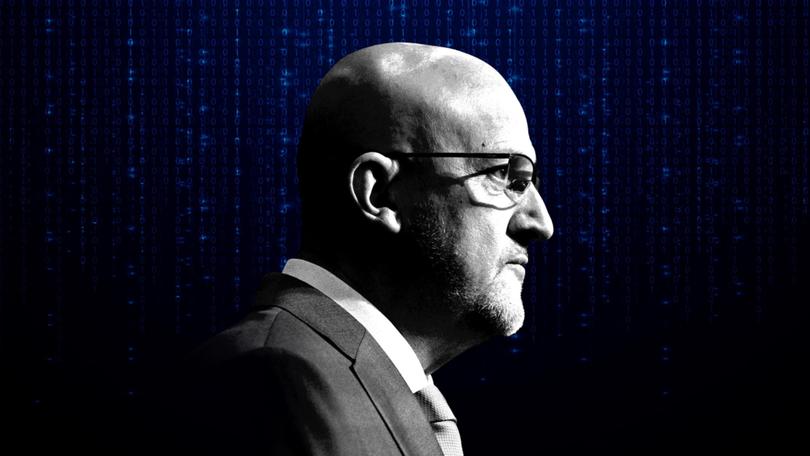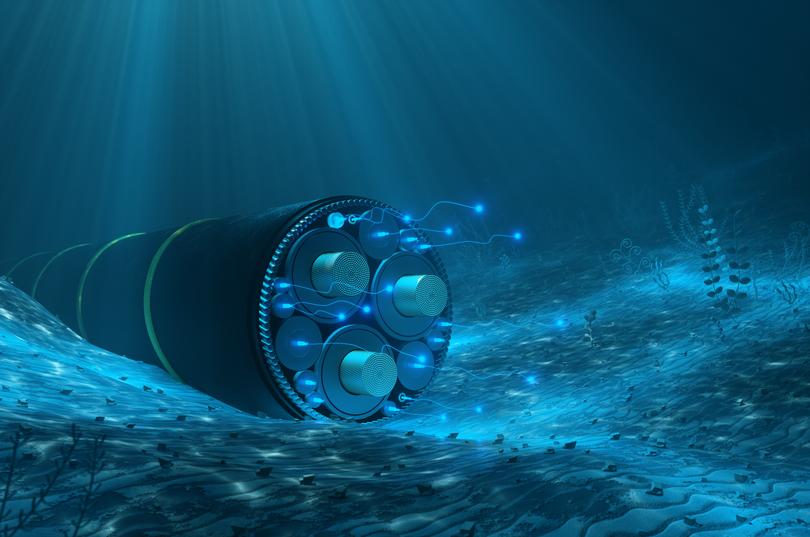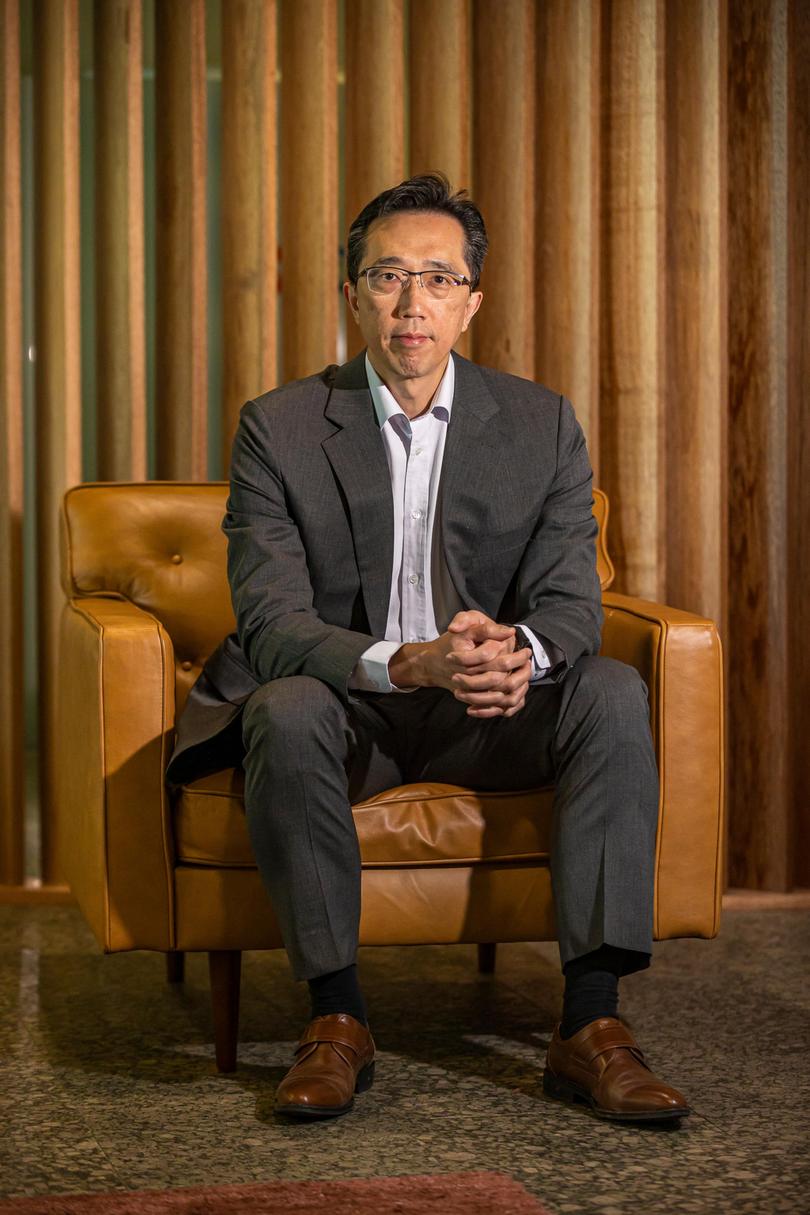Australia on red alert for surge in ‘high-impact sabotage’ warns top spy

Future sabotage attempts on Australia’s critical infrastructure such as undersea cables could be “catastrophic”, the deputy chief of the parliament’s joint committee on intelligence and security has warned.
“It would impact upon not just our communications. It would impact upon banking and finance. It would very significantly impact upon social cohesion,” Liberal National Party MP Andrew Wallace told The Nightly.
Mr Wallace’s comments follow a grim appraisal of the complex web of national security threats confronting Australia over the next five years by Mike Burgess, head of the Australian Security Intelligence Organisation.
Sign up to The Nightly's newsletters.
Get the first look at the digital newspaper, curated daily stories and breaking headlines delivered to your inbox.
By continuing you agree to our Terms and Privacy Policy.“We are getting closer to the threshold for high-impact sabotage,” Mr Burgess said in a speech in Canberra on Wednesday evening to present his annual threat assessment to an audience of security officials and diplomats, including — for the first time — the Chinese ambassador.
“We expect sabotage will pose an increasing threat in the next five years and this is not limited to an attack on defence assets,” he said.
“ASIO assesses authoritarian regimes are growing more willing to disrupt or destroy critical infrastructure to impede decision-making, damage war-fighting capabilities and sow social discord,” he said, citing Russia’s “reckless campaign” in Europe as a “potent example.”
Cyber-enabled sabotage presented a “more acute concern” for Australia, the ASIO chief stressed.
“Cyber units from at least one nation state routinely try to explore and exploit Australia’s critical infrastructure networks, almost certainly mapping systems so they can lay down malware or maintain access in the future,” he said.

ASIO recently discovered one of those units targeting critical networks in the US and helped to evict the hackers and shut down their global accesses, including nodes in Australia.
Last year, the Australian Signals Directorate revealed it had worked with Five Eyes partners to assess that Chinese state-sponsored cyber actors were seeking to install themselves on communications networks to launch disruptive cyber-attacks in the event of a major crisis.
The allied security agencies warned that a Chinese state-sponsored cyber group known as Volt Typhoon had compromised the IT environments of multiple critical infrastructure organisations.
These were primarily in communications, energy, transportation and water and wastewater systems based in the United States and its territories, including Guam.
“Australian critical infrastructure networks could be vulnerable to similar state-sponsored malicious cyber activity as seen in the US,” concluded the ASD.
“The biggest threats are the ones that we don’t know about,” said Mr Wallace.
“The biggest threats come to us through the pre-positioning of malware and cyber-attacks that are basically latent and designed to cause havoc on our critical infrastructure at a time, place and choosing of our adversaries,” he said.
The alarming potential for hostile actors to disrupt underseas cables providing vital access to the internet has come to the fore after data cables in the Baltic Sea and connecting Germany, Finland, Lithuania and Sweden were damaged by Chinese-registered ships.
The incidents prompted accusations of deliberate sabotage, which China has denied.
Risks to undersea cables were not specifically mentioned in the ASIO report, but Mr Wallace said they are firmly in the mix of critical infrastructure under threat.
A network of 15 known subsea cables, stretching to Singapore, Hawaii and other overseas bases, carry 99 per cent of Australia’s international internet traffic, adding to the vulnerability of the country’s multibillion dollar digital economy.
“The PLA (People’s Liberation Army) Navy is very active in the Pacific in relation to its hydrographic vessels … and the PLA Navy is very active in mapping the sea floor in and around our immediate environs in the Indo Pacific,” said Mr Wallace.
“We know that they have the technology to be able to interfere with ours or anybody else’s undersea cables. So that’s absolutely a great concern,” he added.
“It comes back down to that pre-positioning issue. What is being done by the PLA Navy?
“From a pre-positioning perspective, we suspect, have a good understanding that they have the capability to do it in the cyber world, but you could envisage a circumstance where an adversary would pre-position the opportunity to knock out our undersea cables at a time of their choosing.”

If done in an orchestrated manner, it would “effectively cut off communications” between Australia and the rest of the world.
With China and Russia’s growing capability to knock out satellites, attacks on communications networks had the potential to be “even more disastrous,” and to impact mobile phones, GPS, finance and “almost every facet of our lives,” he said.
It’s a threat that the Australian Navy is also very much alive to.
Last month, Australian Fleet Commander Christopher Smith criticised the severing of undersea communications cables by Chinese vessels for undermining good order at sea and disrupting the global economy.
“As a professional mariner, I find it hard to believe that so many anchors could be so suddenly poorly secured, for such extended periods of time,” he told a conference in Pakistan, in remarks first reported in The Australian.
Taiwan, which China has threatened to invade, has faced a string of cable-cutting incidents by Chinese vessels near its northern shores in what is suspected to be a campaign of “gray zone” harassment to disrupt and undermine Taiwanese society.
In a recent interview with The Nightly, Douglas Hsu, Taiwan’s top diplomat in Australia described subsea cable sabotage as “one of the biggest threats” in the world and Taiwan as a “playground” for suspected Chinese operations to refine their techniques.
“For those countries that have undersea cables to connect them with others, they eventually will face this kind of issue,” he said.
“So it is not an issue that only Taiwan faces. That is why we call for international cooperation to look into a more efficient way to monitor that kind of activity.”
The Nightly contacted the Chinese embassy for comment.

